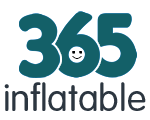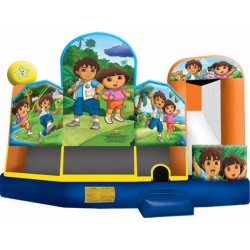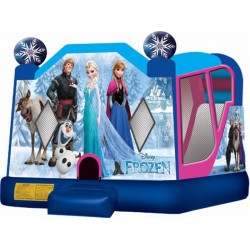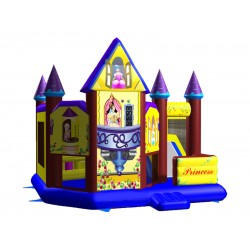What Are the Key Considerations for Indoor Inflatable Castles?

Indoor inflatable castles offer a fun and exciting experience for events and parties, especially when outdoor conditions are not ideal. However, there are several key considerations to keep in mind to ensure a safe and successful indoor setup:
1. Space and Size
Available Space: Measure the indoor space where the inflatable castle will be set up. Ensure there is enough room for the castle’s dimensions, including height, width, and length, as well as additional space for safe play and movement around it.
Ceiling Height: Check the ceiling height to ensure it is adequate for the height of the inflatable castle. Some inflatables can be quite tall, and insufficient clearance can lead to damage or safety hazards.
2. Ventilation and Airflow
Air Circulation: Ensure the indoor area is well-ventilated. Inflatable castles require a continuous flow of air to remain inflated. Proper ventilation helps maintain air quality and prevents the buildup of excessive heat or humidity.
Blower Placement: Position the blower in a location that allows for efficient airflow and avoids obstructing movement or creating noise issues. Ensure that the blower has adequate space and ventilation to operate effectively.
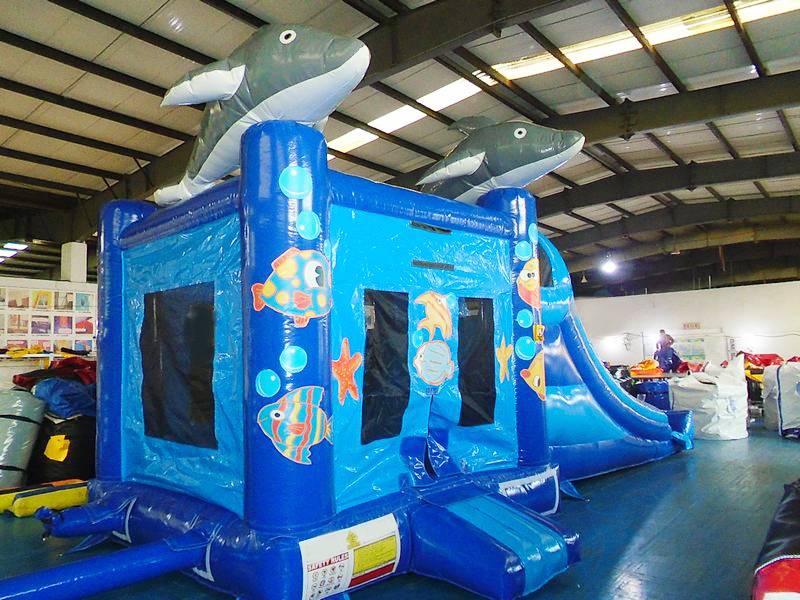
3. Flooring and Surface
Surface Type: Choose an appropriate surface for the inflatable castle. Soft flooring such as gym mats or carpets can help cushion falls and protect the inflatable’s bottom surface. Avoid hard surfaces that could damage the castle or cause injury.
Cleanliness: Ensure the floor is clean and free of sharp objects or debris that could damage the inflatable or pose a risk to users.
4. Safety and Clearance
Obstacle-Free Zone: Keep the area around the inflatable castle clear of obstacles, furniture, or other objects. This helps prevent accidents and provides a clear path for users to enter and exit safely.
Emergency Access: Ensure there is a clear path to exits and emergency equipment, such as first aid kits. Emergency access should be unobstructed in case of any incidents.
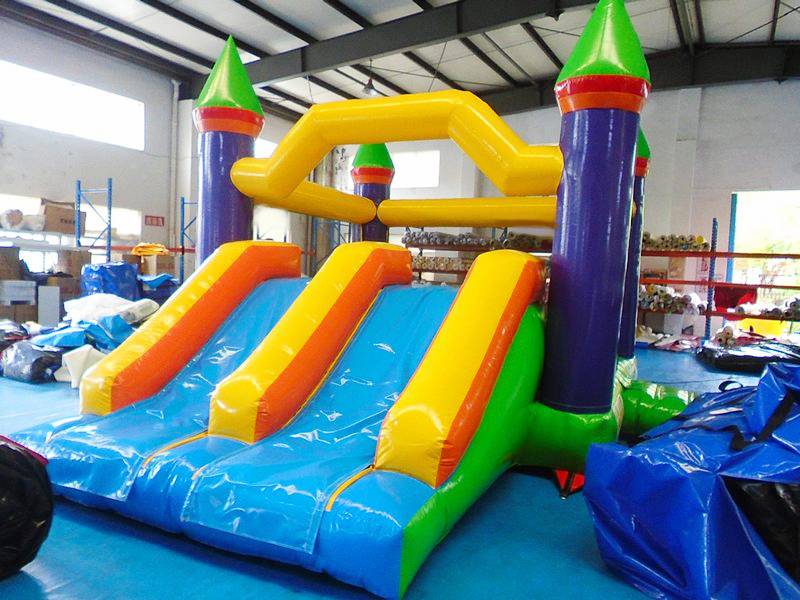
5. Weight Limits and User Guidelines
Capacity Limits: Adhere to the manufacturer’s guidelines regarding the maximum weight capacity and number of users. Overloading the inflatable castle can lead to safety hazards and damage.
Supervision: Provide adequate supervision to ensure that users follow safety guidelines. Monitor play to prevent roughhousing or unsafe behavior.
6. Setup and Installation
Professional Setup: Consider hiring professionals for the setup of large or complex indoor inflatables. They have experience with installation and can ensure that the castle is properly anchored and inflated.
Manufacturer Instructions: Follow the manufacturer’s setup and maintenance instructions carefully. Proper installation is crucial for safety and functionality.
7. Insurance and Liability
Insurance Coverage: Verify that you have appropriate insurance coverage for indoor inflatable use. This can protect against potential accidents or damage to the inflatable castle and the venue.
By taking these considerations into account, you can ensure that your indoor inflatable castle provides a safe and enjoyable experience for all participants. Proper planning and attention to detail will help you make the most of this fun attraction in an indoor setting.
